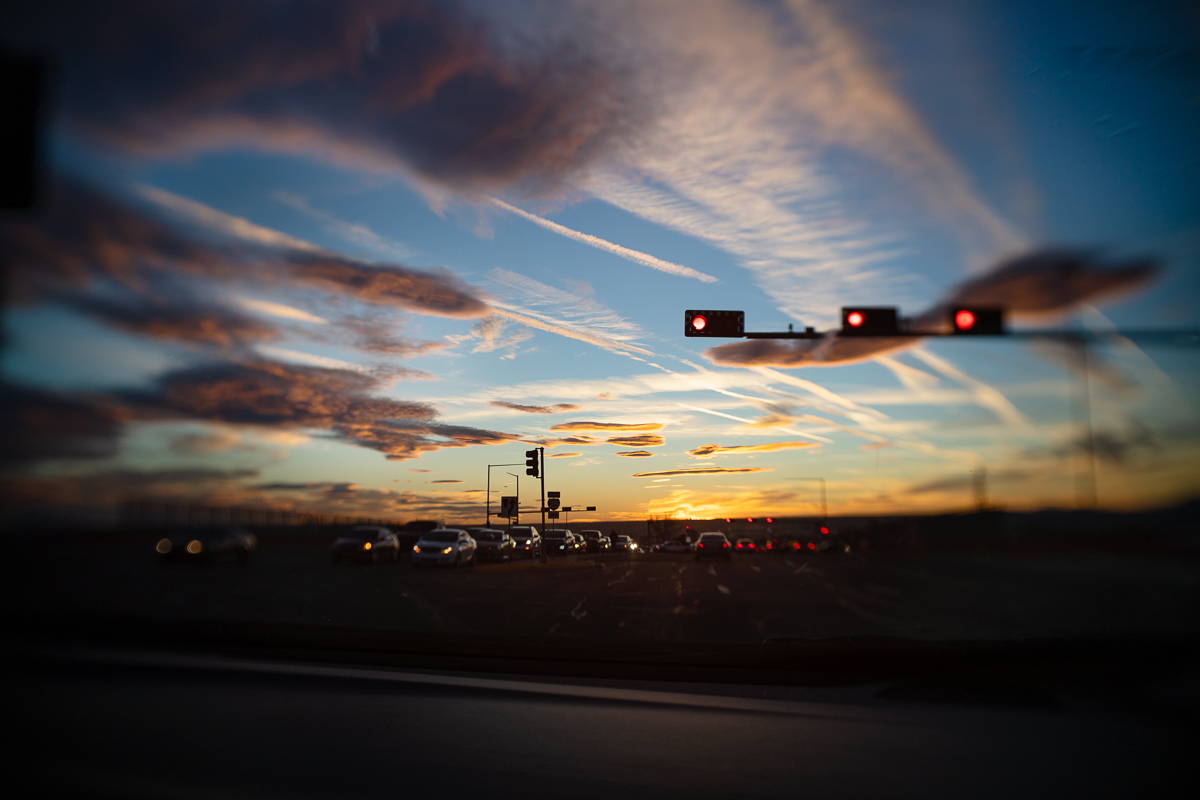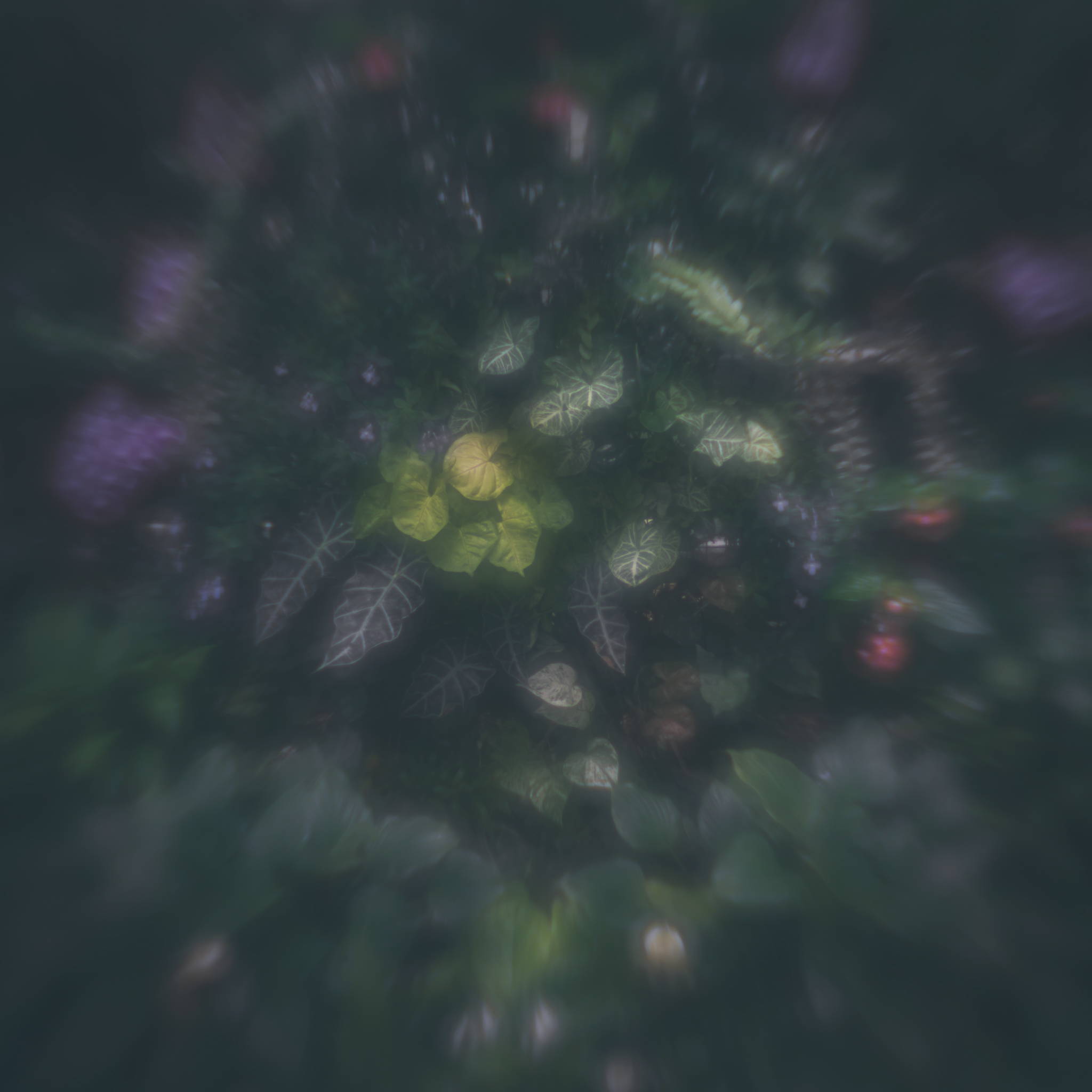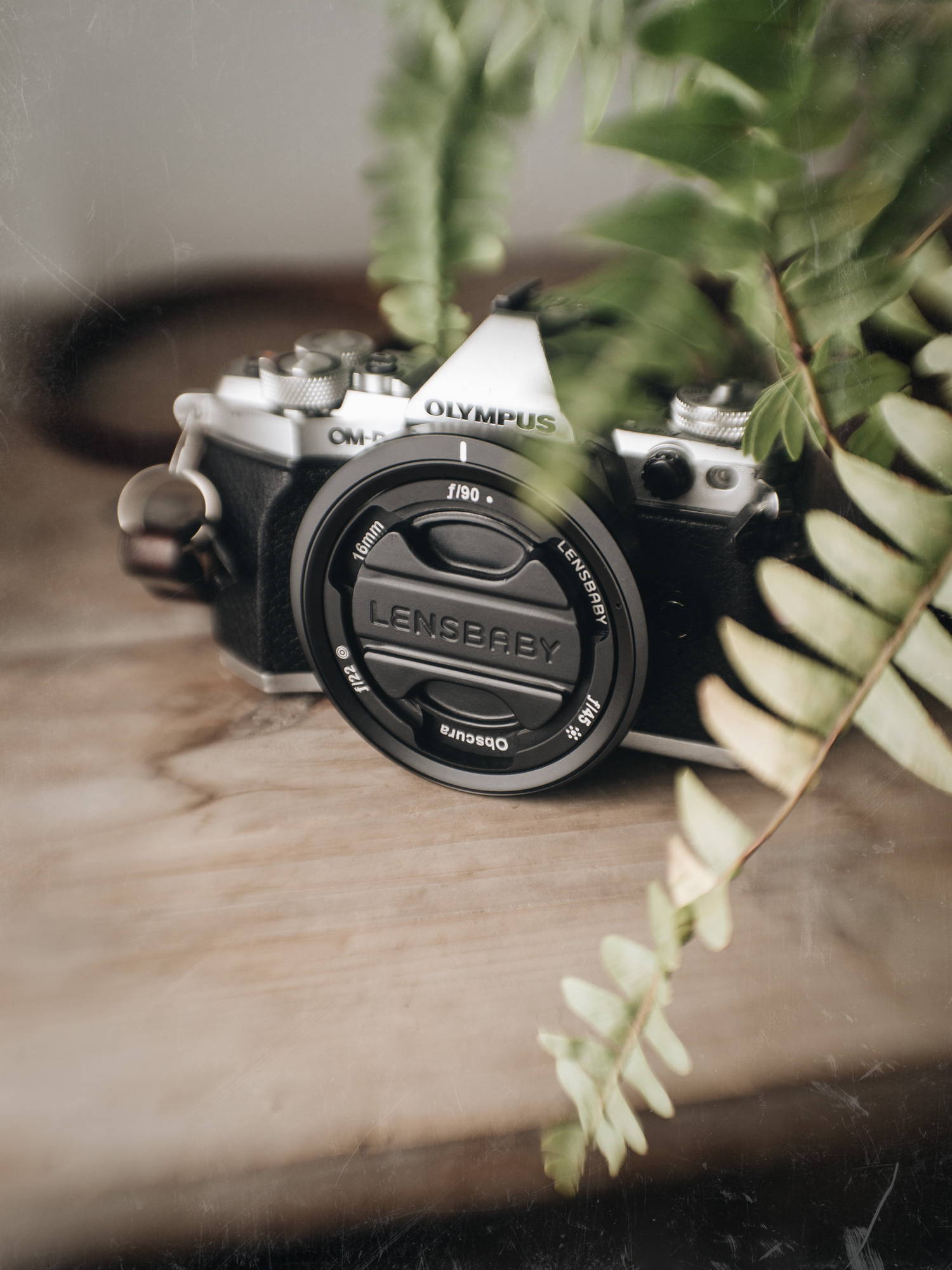Lensbaby Trio 28 | ISO | 200 | 1/1250 | Sony A7RIII
You’ve got your eye on that brand-new lens, and you know it’s just what you’re looking for, but have you ever wondered HOW exactly a lens works? Let’s take a deeper look into the “how” of camera lenses.
Pictured: Lensbaby Trio 28
A camera lens is generally a piece of glass that gathers and shapes light and projects that light onto a specific surface - film or a digital sensor. The lens will determine how much of a scene you will see, the amount of light that will be allowed in, and how much of your image will be in focus. These are referred to as focal length, aperture, depth of field, and focal plane.
Pictured: Lensbaby Trio 28
Focal Length
The focal length of a lens determines how much of the scene you will see. A smaller focal length (i.e., 28mm) allows you to capture more of the scene, while a more significant focal length (i.e., 56mm) compresses the scene and captures a smaller portion.
Pictured: Lensbaby Velvet 56
Aperture
The aperture is what controls the amount of light the lens allows in. This aspect can be confusing because a smaller numbered aperture (f/1.6) provides for MORE light than a larger numbered aperture (f/16). I once heard an analogy comparing it to a water faucet. When the faucet is open all the way, more water comes out. When the faucet is open a tiny bit, you have a lower flow of water.
The other thing aperture controls are depth of field. With a smaller aperture (a more significant number, such as f/22), your depth of field will be deeper, and more of your scene will be in focus. With a larger aperture (smaller number, such as f/2), you will have a smaller depth of field, and less of your scene will be in focus.
Pictured: Lensbaby Velvet 56
Focal Plane
The focal plane is parallel to the lens and generally parallel to the sensor (except for tilt-shift lenses). Camera lenses can have automatic focus, where the camera chooses the focal point for you based on a pre-selected point, or manual focus, where you choose the focal point yourself. To obtain focus, pieces inside the lens must move. You change these by twisting the focus ring on manual focus lenses or asking your camera to do it for you in autofocus (if available).
Each lens has a specific focusing range that it is capable of; The farther away a focusing element is from the sensor, the closer you can shoot to your subject. Similarly, the closer a focusing element is to the sensor, the farther away it focuses.
Pictured: Lensbaby Velvet 56
Tilt-Shift Lenses
Tilt-shift lenses allow the optics to move and rotate while the sensor remains in the same place on the camera. This feature will enable you to move the focal plane throughout the frame and allow everything from the back to the front of the frame to focus when it runs vertically (think architectural photos).
Pictured: Lensbaby Velvet 56
"The lens will determine how much of a scene you will see, the amount of light that will be allowed in, and how much of your image will be in focus."
Lenses can be complex or extremely simple and are arguably one of the essential factors in capturing the images you envision. I hope this deeper look into how they work has helped you in your decision to choose which lens is best for your next project!
Pictured: Lensbaby Velvet 56
Lensbaby Velvet 56 | ISO | 100 | 1/200 | Sony A7RIII
Want your shots featured by Lensbaby?
Be bold and shoot extraordinary! Make sure to tag your photos on IG with #Lensbaby, #ShootExtraordinary, and let us know what gear you’re using. 
Ally Frantz
Ally was born and raised in Las Cruces, NM and has spent half a decade in Appleton, WI. She is a wife and mother, and animal lover. She savors a warm cup of coffee every morning, and will never turn down a chocolate-chip cookie. She is obsessed with photography, and will sit for hours discussing the ins and outs of the art. She has always had a camera in hand, dating back to the Kodak disposable cameras from her childhood. As technology has advanced, she has kept up with the trends, and now finds herself mainly shooting with a Sony or Fuji mirrorless camera. She currently dedicates most of her time to documenting her family adventures.
Instagram Website



Leave a comment
All comments are moderated before being published.
This site is protected by hCaptcha and the hCaptcha Privacy Policy and Terms of Service apply.